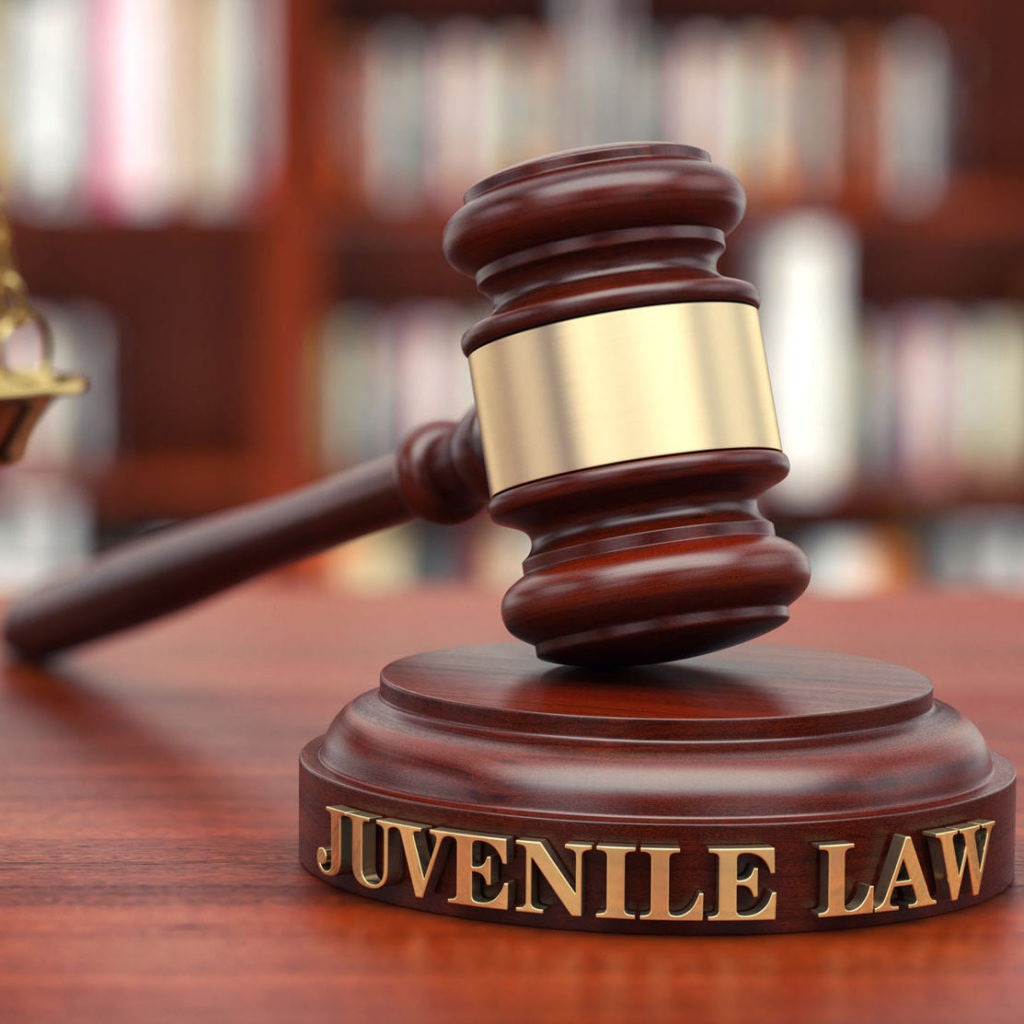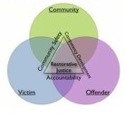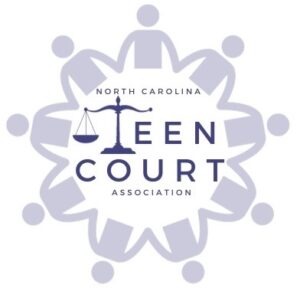Restorative Juvenile Justice: WHAT’S THAT?!

Restorative Justice says “…the offense affected a relationship” and what you are seeking for is to restore the relationship, to heal the relationship” – Desmond Tutu

Do you work with at-risk or delinquent youth? Most of us are already very familiar with retributive justice because it’s the model most commonly used in justice systems throughout the country. Retributive justice is a perspective that focuses on punishment for offenders. Since the 1970s, a new perspective on justice has been gaining popularity in the United States and has a lot of public servants asking “What is Restorative Justice??”. There are numerous articles and books devoted to describing the restorative justice model and how to incorporate it into juvenile justice programs. There has been a major push over the past 10 years to redesign programs to include restorative practices. A focus group developed by the American Probation and Parole Association determined that adjusting services to be more restorative actually increases the holistic effectiveness (Godwin).
Utilizing this philosophy in Juvenile Justice programs requires community programs to devote emphasized attention to:
- Enabling offenders to understand the harm caused by their behavior and to make amends to their victims and communities.
- Building on offenders’ strengths and increasing offenders’ competencies.
- Giving victims an opportunity to participate in justice processes.
- Protecting the public through a process in which the individual victims, the community, and offenders are all active stakeholders
Restorative justice offers an alternative philosophy for addressing crime by focusing on the relationship between the offender and the victim. There are three primary stakeholders in restorative justice; they are the victims, offenders, and the community. For the community, the emphasis is on bonding and building relationships. The emphasis on victims’ roles in restorative justice is about choice. For the offenders, emphasis is on change.
The goal is to hold offenders accountable by providing opportunities for them to understand the effect their actions have on others. It is also important to assist the offenders in enhancing and developing skills that will make them more productive and competent citizens by identifying and building on their strengths. Unlike retributive justice that tends to place blame, restorative justice seeks to answer three questions with every case:
- What is the harm that was created by the teen court respondent’s behavior?
- What needs to be done to repair the harm?
- Who is responsible for repairing the harm?
The major shift that might take practice is to focus on the harm that was created by the crime or problem behavior and assist the juvenile in making amends for their behavior and the resulting harm rather than simply punishing the child.The North Carolina Teen Court Association works intimately with juvenile justice programs across the state to educate about restorative justice and assist in enhancing their restorative program components. You don’t have to make the transition alone!
